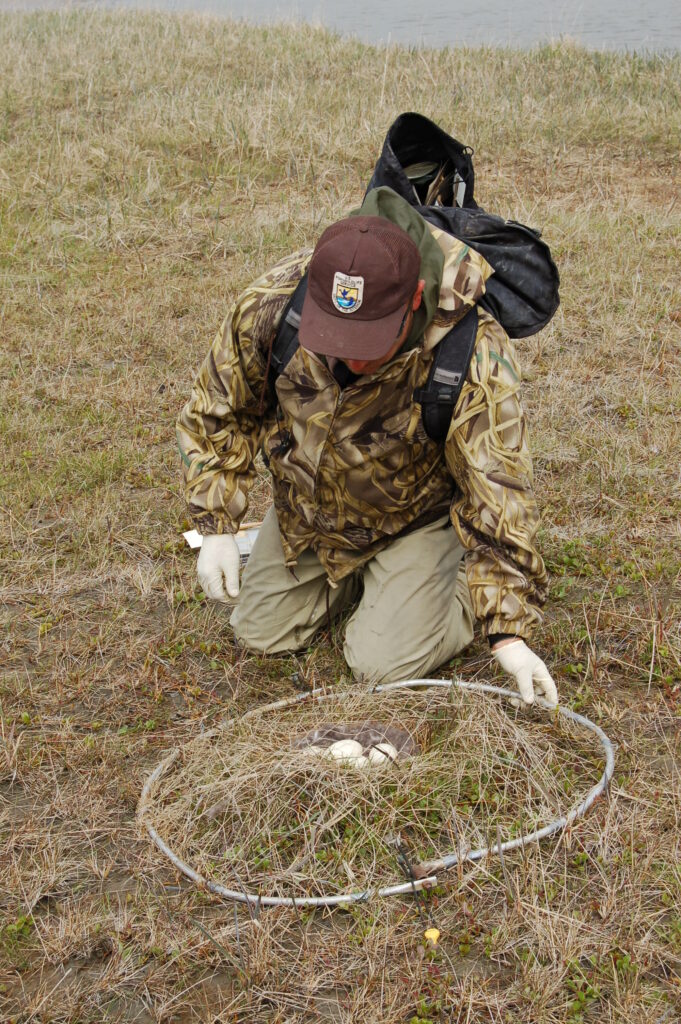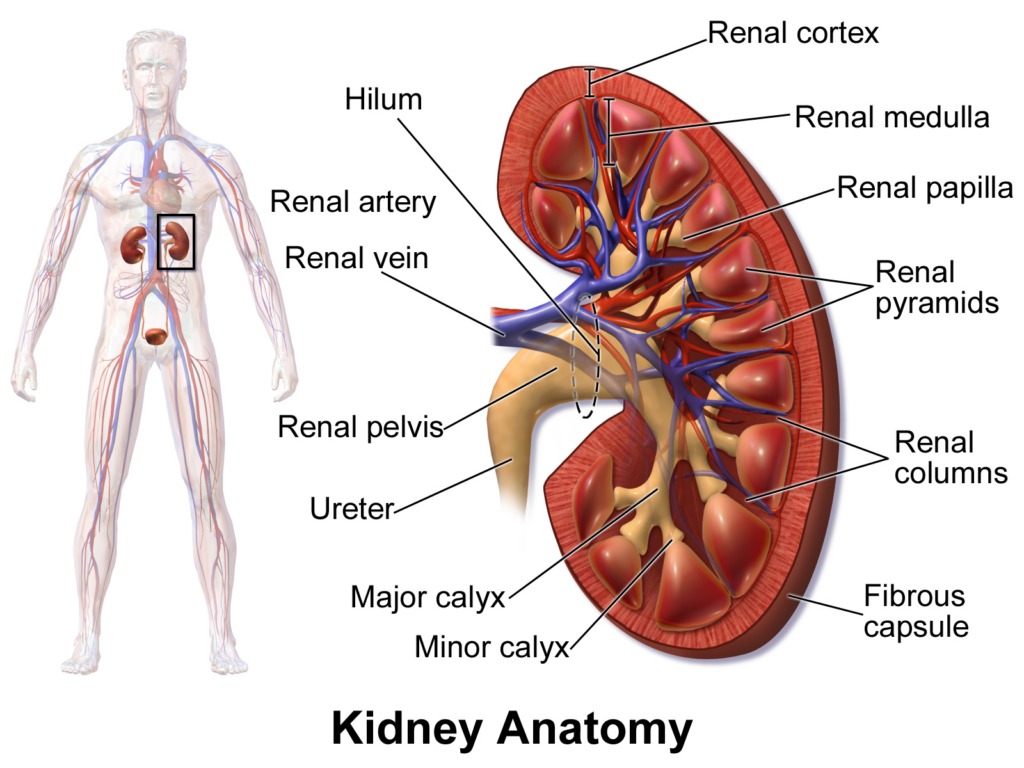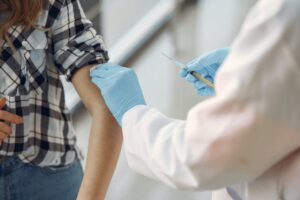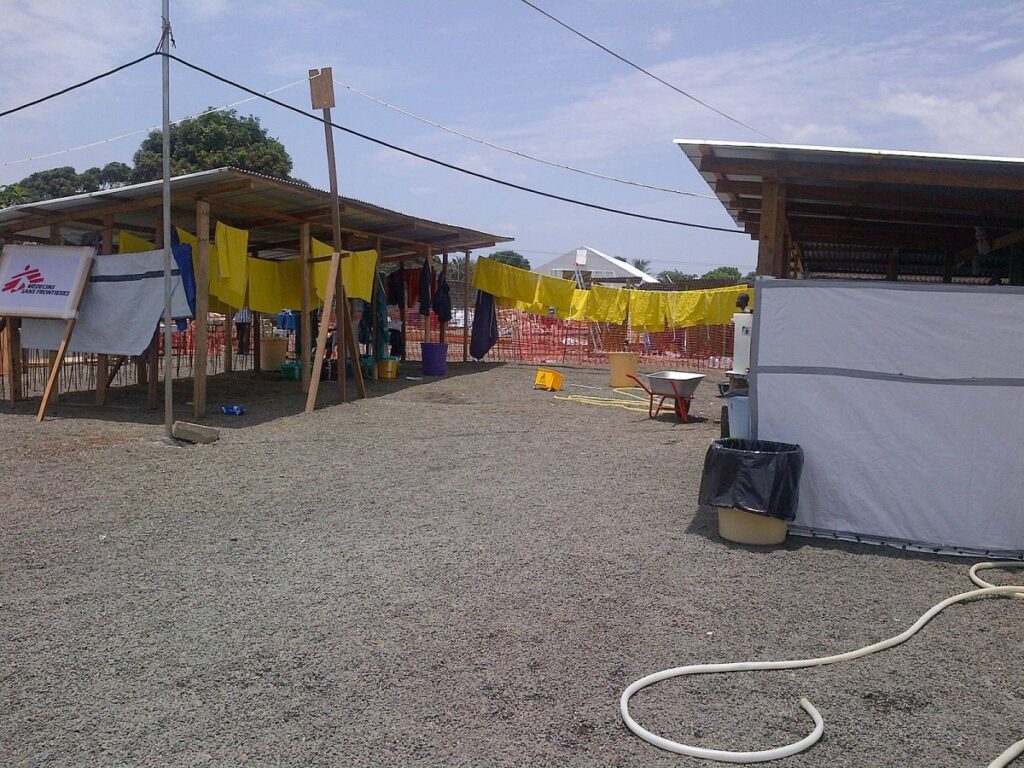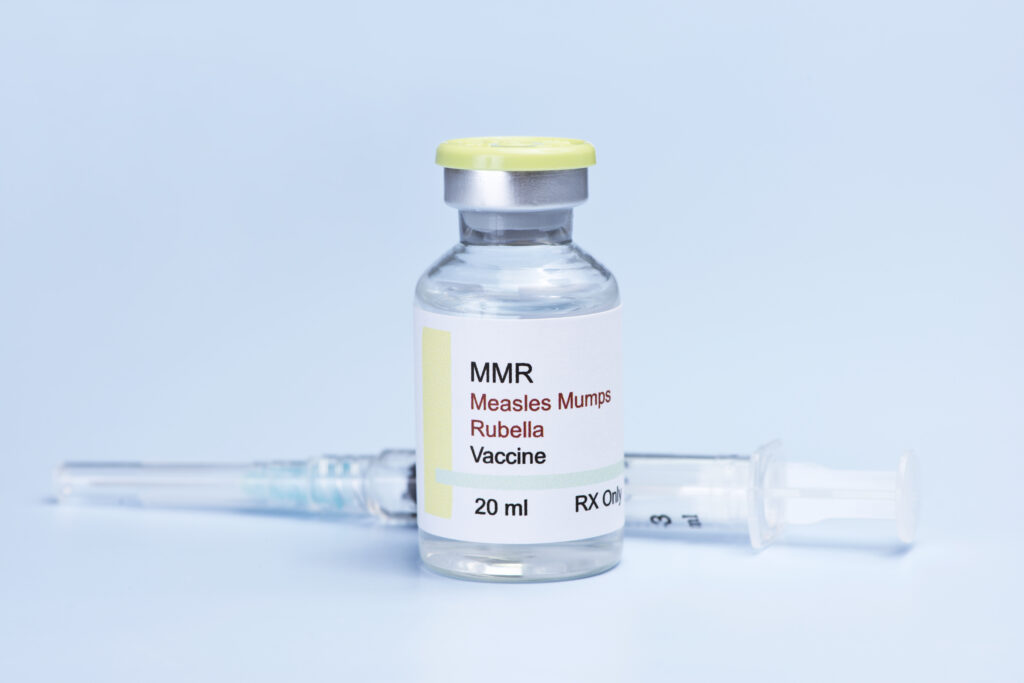
Latest News
Africa intensifies its efforts to control mpox; The latest health stories from around the world
April 23, 2024
No Comments
Dengue fever surges in Brazil; The latest health stories from around the world
March 12, 2024
No Comments
Alabama declares frozen embryos to legally classify as people; The latest health stories from around the world
February 27, 2024
No Comments
Measles on the rise in Europe; The latest health stories from around the world
February 13, 2024
No Comments
Follow Us
Facebook
Twitter
LinkedIn
Newsletter
Subscribe our newsletter to stay updated




